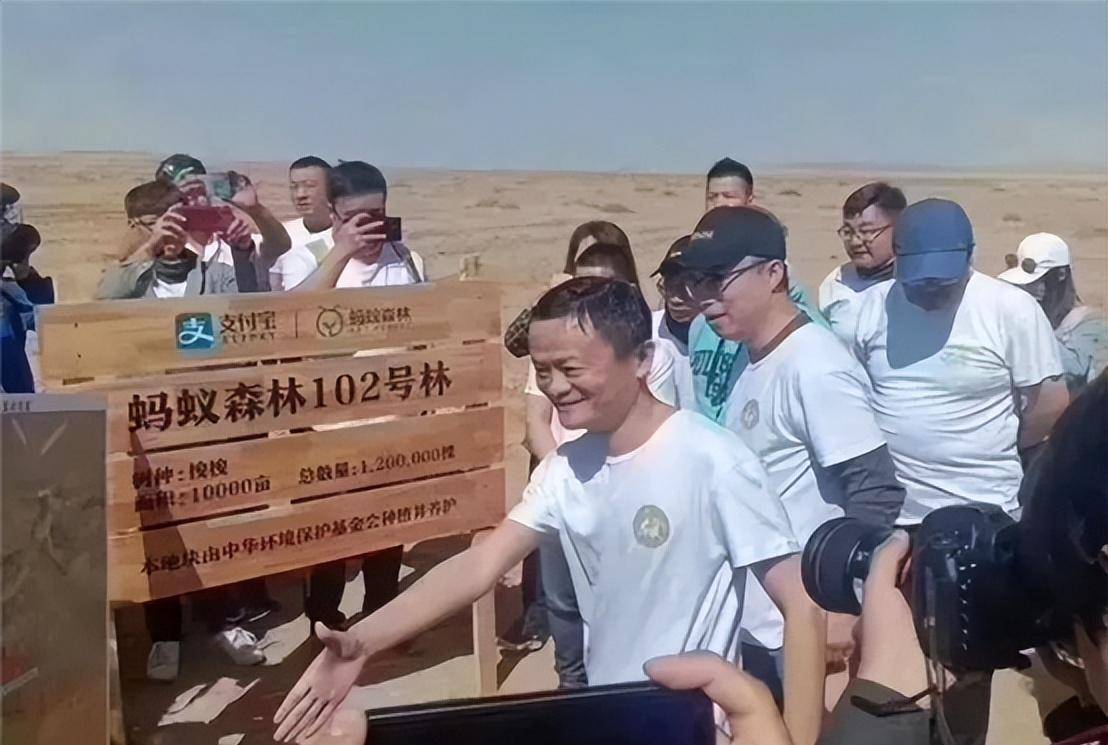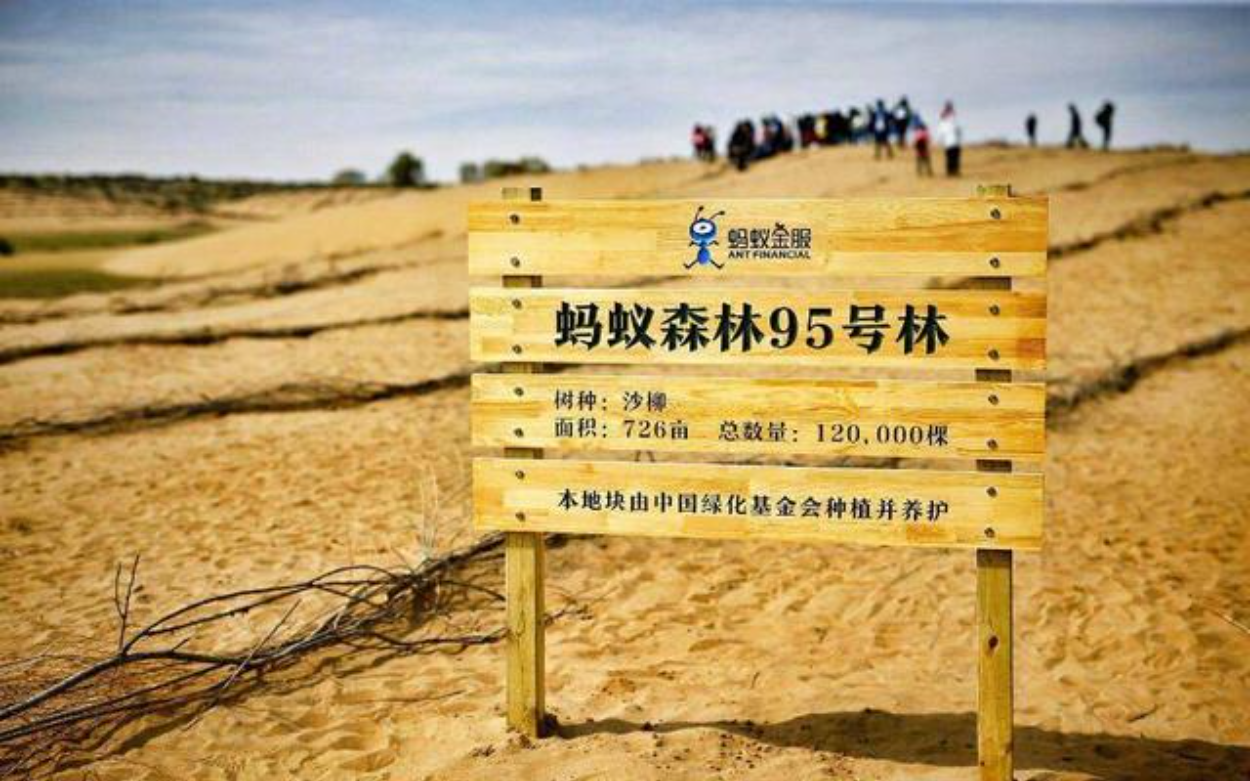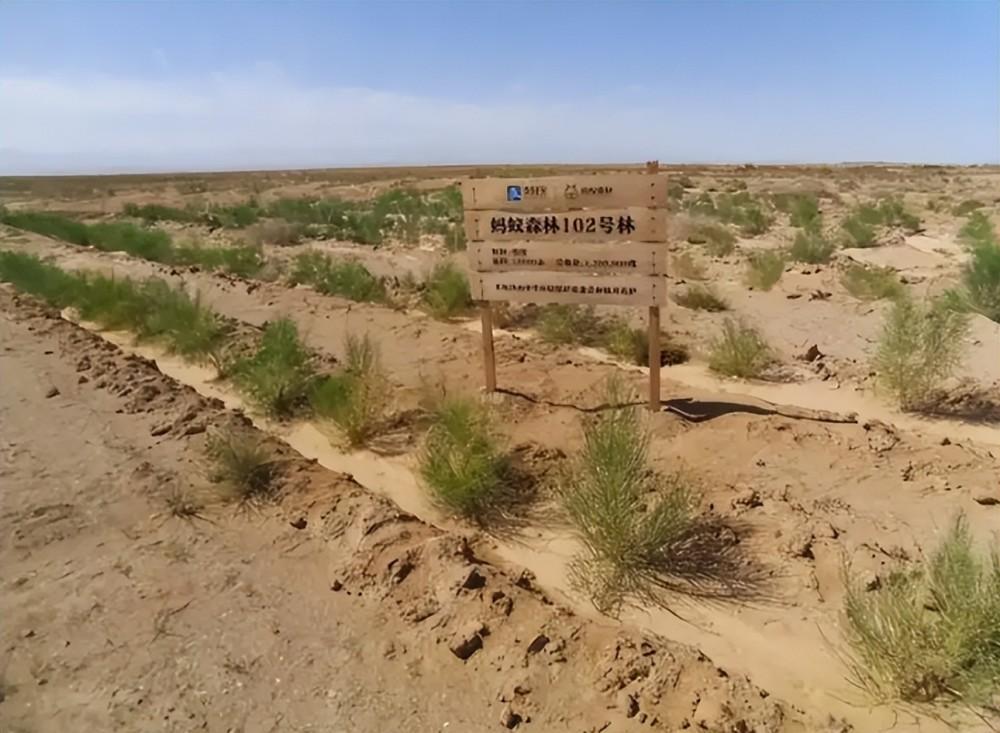Ma Yun invested heavily in planting trees in the desert, promising to plant 100 million trees every year. Seven years later, what happened to the trees?
Before reading this article, we sincerely invite you to click on itFollowIt not only facilitates your discussion and sharing, but also brings you a different sense of participation. Thank you for your support
- Before reading this article, we sincerely invite you to click on itFollowIt not only facilitates your discussion and sharing, but also brings you a different sense of participation. Thank you for your support.
Economics, which is misunderstood as a cold number game, needs to be reinterpreted with a warm story today.
When we talk about the word "investment", the mindset of most people is the appreciation of material assets, the ups and downs of the stock market, and even those shiny financial derivatives.

But there is an investment that involves not only the accumulation of wealth, but also ecological restoration, climate change mitigation, and a commitment to future generations.
This is the practice of Jack Ma and Ant Group over the past seven years - "Ant Forest".
Seven years may only be a fleeting moment in the economic cycle.
But for the desertified land, these seven years have been a transformation from desolation to greenery.

According to approximate statistics, in the seven years since the implementation of the Ant Forest project, 26 million tons of carbon dioxide have been absorbed, which is a shocking number.
It is not just a simple quantitative indicator, it represents the growth of hundreds of millions of trees, represents the restoration of countless green ecosystems, and is a significant contribution to the national energy conservation and emission reduction cause.
From an economic perspective, this investment logic overturns tradition.

We know that general investments pursue clear and rapid economic returns.
However, planting trees, especially in harsh environments such as deserts, has a long-term and uncertain investment return, and even appears to be a loss making business in the short term.
But what Jack Ma and his team see is more profound value.
This investment based on ecological and social responsibility is actually aimed at maximizing the long-term benefits of the entire society and economy.

Environmental economics tells us that improving the environment is the foundation of economic growth.
The forests growing on desertified land not only absorb carbon dioxide and slow down climate change, but also have far-reaching indirect effects.
The root system of the forest stabilizes the soil and reduces wind and sand invasion, which has huge benefits for agricultural production and living environment in the surrounding areas.
Here, ecological investment and returns have become a new engine of economic growth.

Looking at the absorption of 26 million tons of carbon dioxide, its value in the environmental ledger cannot be measured in traditional currency.
If we try to transform it into traditional economic language - if one day carbon trading becomes the norm, what a huge 'intangible asset' it would be!
And this is just the tip of the iceberg. Imagine that with the expansion of forests, the restoration of biodiversity, and the future value of tourism, education, and scientific research, all of these investments will bring additional returns.

From a micro perspective, the Ant Forest project has stimulated the environmental behavior of billions of users and cultivated public awareness of environmental protection.
From saving electricity to low-carbon travel, every small choice is promoting a green lifestyle.
And this is also the practical application of the "externality" theory in economics. Everyone's environmental behavior is creating positive externalities for society and improving the well-being of the entire society.
However, this does not in any way diminish the individual's benefits. Because in economics, individual welfare is not measured solely by material wealth.

Living in a world with fresh air and beautiful environment, everyone's quality of life naturally improves.
Such wealth is far more precious than money.
Next, let's make a positive outlook. With the continuous promotion of the Ant Forest project and the emergence of similar projects, we have reason to believe that green investment will become a new economic growth point.
When we begin to value every leaf and tree, our economic model will also become healthier and more sustainable.

In the end, we will not only witness the greening of the desert, but also witness the rise of a green economy.
In this economy, the accumulation of wealth will no longer come at the cost of sacrificing the health of our common home.
In the future, we can expect to see more "green wealth" - this wealth not only exists in our bank accounts, but also grows on every green land.
As Ma Yun said, "We are not planting trees, we are planting hope

This hope is not only a longing for a beautiful environment, but also an expectation for a sustainable and environmentally friendly economic model.
So, let's wait and see, because in this economic transformation led by "green", every seed breeds infinite possibilities for the future.
What do you want to say about this? Welcome to leave your thoughts in the comments section!
Disclaimer: The content of this article is sourced from the internet. The copyright of the text, images, and other materials belongs to the original author. The platform reprints the materials for the purpose of conveying more information. The content of the article is for reference and learning only, and should not be used for commercial purposes. If it infringes on your legitimate rights and interests, please contact us promptly and we will handle it as soon as possible! We respect copyright and are committed to protecting it. Thank you for sharing.(Email:[email protected])















